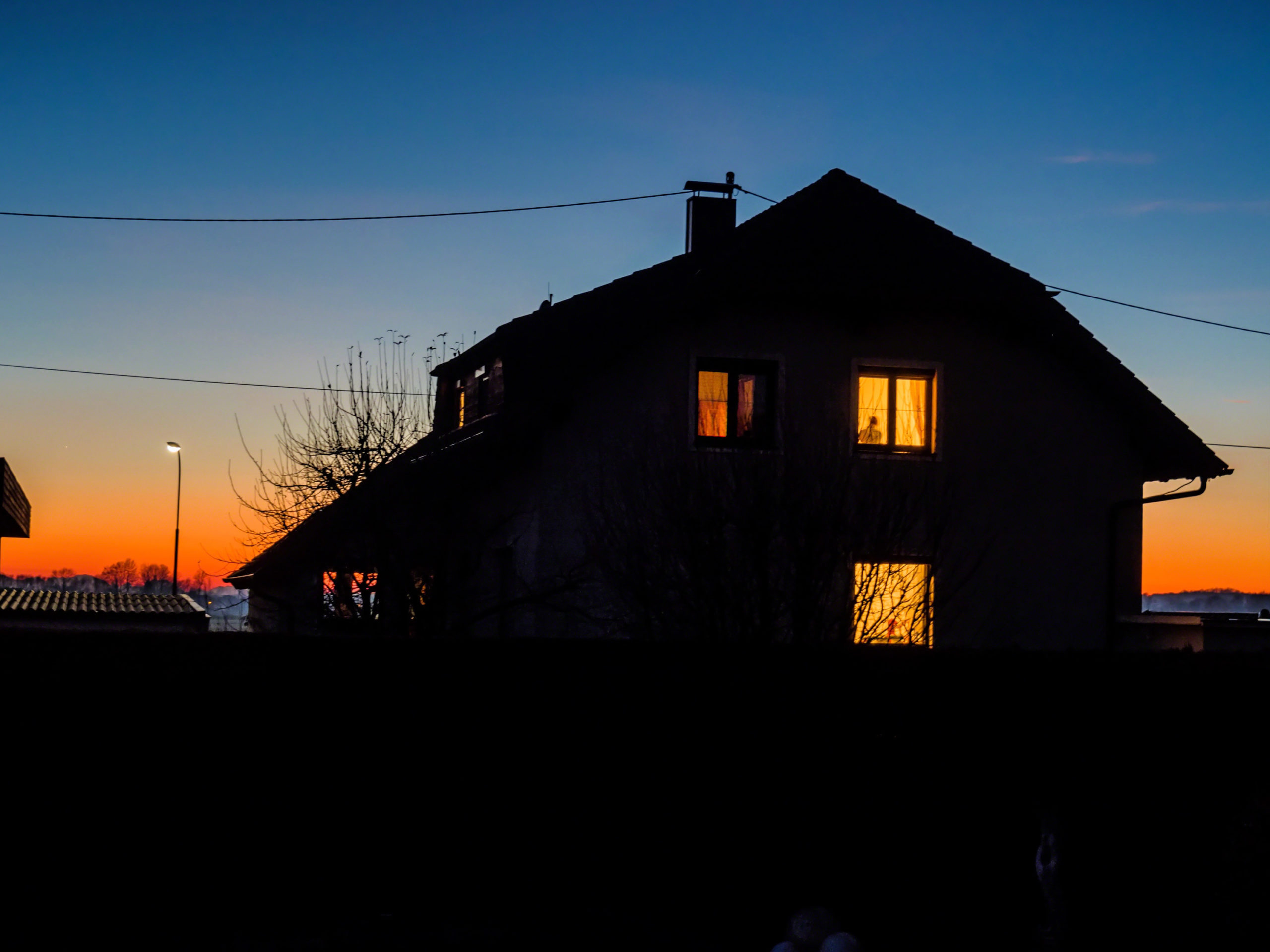Tips for preventing falls in and out of your home
Falls happen in an instant. A missed step going down the stairs or onto a slippery floor can mean broken bones or injuries that take weeks or months to heal. Falls can become more common as we age and vision, strength and balance begin to falter. The Centers for Disease Control and Prevention notes that every 20 minutes an older adult dies from a fall. Here are eight ways to prevent falls and keep safe both indoors and outdoors.
See the light
Make a rule to never go where you can’t clearly see a path. About 20% of falls happen at night when the sun isn’t around to light the way. Spend some time installing lights that will illuminate outdoor steps and any other outdoor paths. There are many motion-activated lighting options for indoors and outdoors that will automatically light your way making it easier to navigate the path to the garbage can or from the hallway to the bathroom at night.
Subdue slippery spots
If you have steps or decks that easily become slippery, take steps to reduce this hazard. Adhesive grip strips can be added to steps. Paint with grit additives can be used to coat decks or other slippery areas. Aluminum tread plates and other slip prevention measures can be found at the hardware store.
Stairs are not for storage
It is tempting to set something on the steps to take upstairs later or store your boots on the basement stairs. However, steps are pathways, not storage closets. Nearly half of deaths from falls happen on steps and stairways. Never, ever set anything on the steps and put a hand on the railing when you are going up or down stairs.
Soap needs a safe spot
Bathtubs and showers are risky places since the surfaces quickly become slippery from soap and water. Most falls happen as a person is scrambling to pick up a dropped bar of soap or bottle of shampoo. Reduce this risk by installing a wall-mount soap dispenser. Soap and shampoo will always be within reach so you can concentrate on staying upright and balanced. A non-skid mat on the floor is also risk reducer.
Reach with the best
Invest in a sturdy step stool with non-skid steps and a railing that extends above the top step. About 160,000 injuries occur each year from falls from steps stools that collapse or tip. Always keep a firm grip on the handrail and don’t tip the stool by leaning too far out.
Avoid a flying carpet
Throw rugs and doormats protect the floor but can be trip hazards. Secure them with no-slip strips or non-slip pads so they don’t move, or get rid of them.
Corral those cords
Extension cords, phone lines and other wires need to be out of all walkways. Cord minders and other devices are available to bundle cords and keep them neatly secured.
Be prepared for safe passage
Despite your best intentions, sometimes you find yourself in the dark. Come up with an emergency lighting strategy. Keep a flashlight next to your bed for a possible power outage. Slip a small LED flashlight on your key chain to light up a dark street. Learn how to use the flashlight on your cellphone. Being prepared to illuminate your unknown path can reduce your fall risk.
When a fall happens
Falls often result in a broken bone or head injury. About 95% of hip fractures are the result of a fall, according to the CDC. Getting proper care after a stay in the hospital from a fall can involve a period of rehabilitation in a short-term care facility where there are therapists who can help regain range of motion and balance for a safe return home.
Glenview Terrace is a Medicare five-star rated center for recovery that offers this level of care for all its guests in its orthopedic rehabilitation pavilion. Glenview Terrace’s licensed physical and occupational therapists work one-on-one with guests seven days a week on outcome-focused strategies designed to develop strength, endurance and range-of-motion.
Guests who choose Glenview Terrace for their post-hospital rehabilitation will also have access to board-certified medical directors and physicians from local hospitals to ensure continuity of care. A clinical nurse liaison can complete a personalized assessment even before you leave the hospital to make sure all is ready upon arrival at Glenview Terrace. A nurse practitioner is on-site to work directly with your physician to help quickly diagnose and manage your medical needs. An orthopedic rehabilitation nursing manager will guide your nursing team so you can reach the best possible outcome while the director of therapy oversees your therapy goals.
This effective period of rehabilitation is set in elegantly appointed surroundings. Comfortable rooms with deluxe walk-in showers, attentive concierge service, cable television, daily housekeeping services and much more make your stay comfortable.
For the best recovery option after a hospital stay, choose Glenview Terrace. With its outstanding clinical outcomes and acclaimed therapy, you can expect to get back to the independent lifestyle you desire. For additional information or to arrange a tour, visit glenviewterrace.com or call 847-729-9090.
Back
